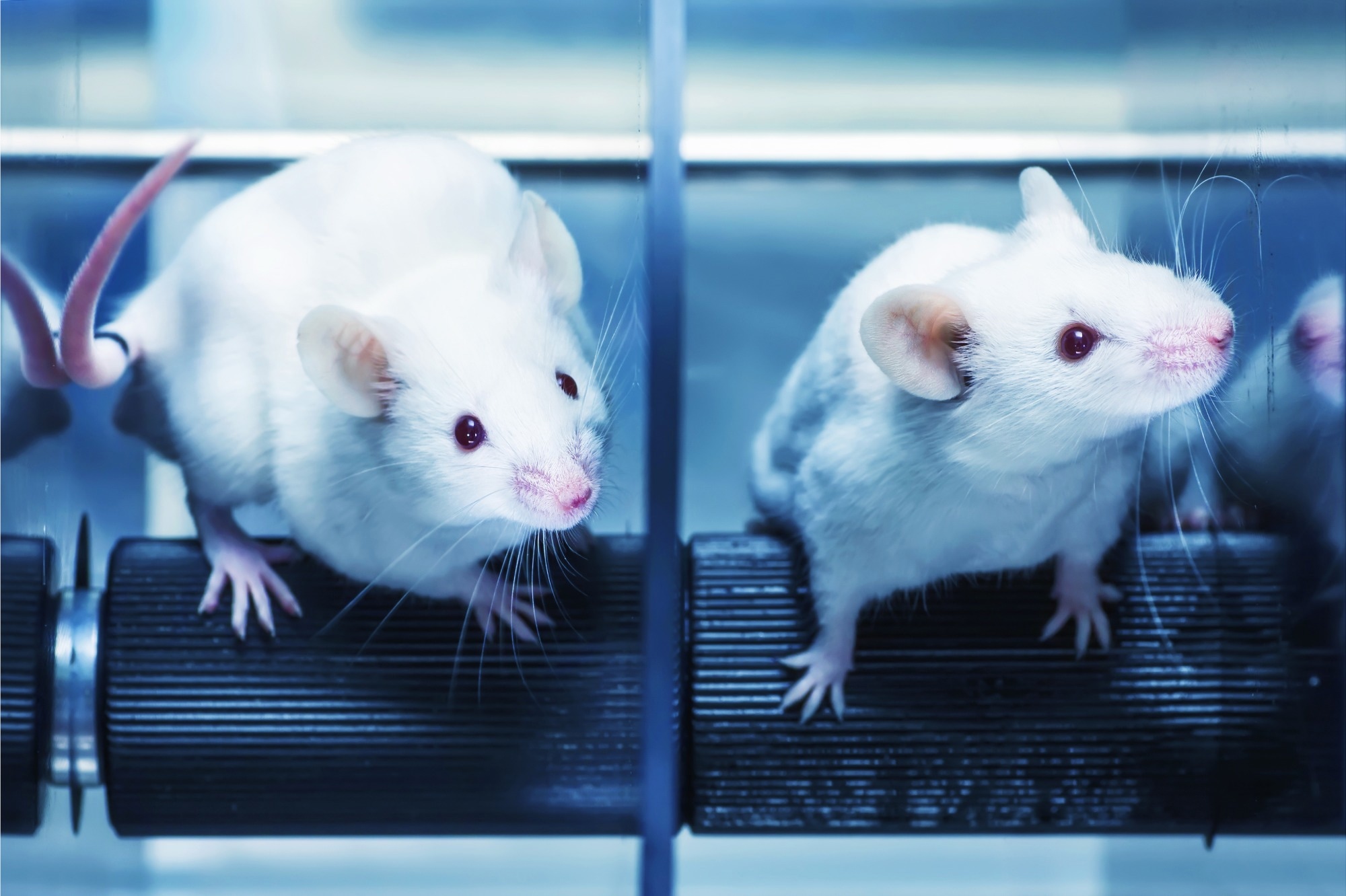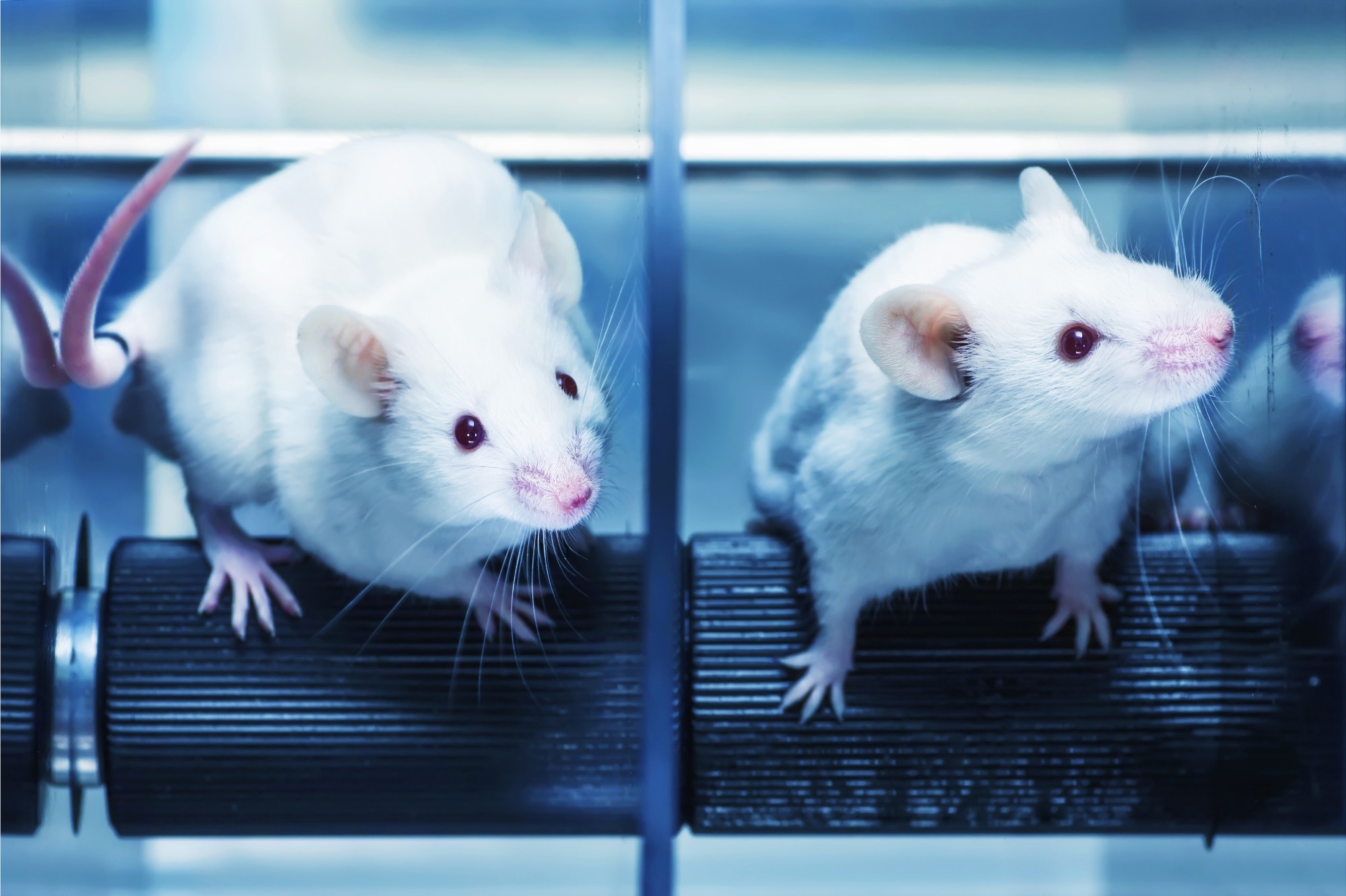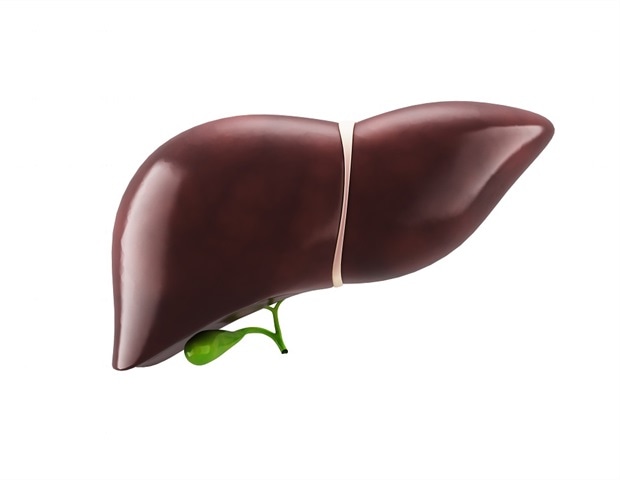In a recent study published in Nature Communications, researchers establish AnimalGAN as a reliable alternative for generating synthetic pathology data in an effort to ultimately reduce animal testing in drug safety assessments and accurately predict hepatotoxicity.
 Study: A generative adversarial network model alternative to animal studies for clinical pathology assessment. Image Credit: Marques / Shutterstock.com
Study: A generative adversarial network model alternative to animal studies for clinical pathology assessment. Image Credit: Marques / Shutterstock.com
What is AnimalGAN?
Under the United States Food and Drug Administration (FDA) Modernization Act 2.0 advocating the 3Rs of Replacement, Reduction, and Refinement, Animal Generative Adversarial Network (AnimalGAN) emerges as a GAN model that generates clinical pathology data, challenging ethical concerns in animal testing. AnimalGAN outperforms Quantitative Structure-Activity Relationship (QSAR) in hepatotoxicity predictions and equates to real animal studies.
By facilitating extensive virtual experiments, AnimalGAN could improve predictions of rare toxicological events and enhance the translation from animal to human outcomes. However, further research is needed to improve its predictive accuracy and solidify the role of AnimalGAN as a reliable alternative to animal testing.
About the study
The AnimalGAN initiative utilized the Toxicogenomics Project-Genomics Assisted Toxicity Evaluation Systems (TG-GATEs) database to advance predictive toxicology. The AnimalGAN model combined molecular descriptors and treatment conditions to simulate clinical pathology outcomes using a GAN framework, thereby integrating conditional GAN (cGAN) with Wasserstein-GAN (WGAN) to enhance stability and address small sample sizes.
The generator, G, received a molecular structure represented by an 1826-dimensional vector, dose level, treatment duration, and a 1828-dimensional random noise vector. The architecture of G was a fully connected network with five layers that generated a vector of clinical pathology indicators. The discriminator, D, evaluated these indicators against treatment conditions and was structured as a seven-layer perceptron with dropout to prevent overfitting.
AnimalGAN was trained on data from 8,078 rats, with 80% for training and 20% for testing. This model aimed to replicate clinical measurements using metrics like valid blood cell counts, cosine similarity, and Root Mean Square Error (RMSE) for validation.
After 6,000 epochs, the data generated by AnimalGAN closely mirrored real data. Furthermore, the performance of AnimalGAN was tested against unseen data, thus confirming the model’s predictive capability. AnimalGAN predictions were also benchmarked against QSAR predictions, thereby demonstrating differences in predictive performance.
For toxicity assessment, AnimalGAN outputs were compared with actual experimental results that confirmed its consistency. External validation with the DrugMatrix dataset confirmed the model’s vitality and applicability, thereby indicating its potential as an alternative to animal testing in predicting clinical outcomes.
Study findings
AnimalGAN, a new model in computational toxicology, has demonstrated impressive capability by generating 38 clinical pathology metrics and mimicking complex biological responses to varied treatment lengths and doses. AnimalGAN was thoroughly trained on data from 6,442 rats across 1,317 distinct treatment scenarios with 110 compounds from the TG-GATEs database.
The effectiveness of AnimalGAN was evaluated against a new group of 1,636 rats. The results showed a striking match between the synthetic data produced by AnimalGAN and real clinical data, which were highlighted by a low error margin and perfect match in pattern similarity. The use of t-SNE for visual confirmation further underscores the model’s accuracy in emulating real-world biological outcomes.
The strength of AnimalGAN was rigorously evaluated using three challenging scenarios, each of which were designed to test the model’s ability to reliably predict outcomes for different types of drugs. The tests involved drugs that varied significantly in chemical structure, therapeutic category, and FDA approval timing as compared to those used to develop AnimalGAN. Remarkably, the model consistently replicated its initial success, thus showcasing its reliability, even when applied to drugs that were distinctly different from those in its training set.
The performance of AnimalGAN was also compared to that of conventional artificial intelligence (AI) methods, like quantitative structure-activity relationship (QSAR) models, which are typically modeled to predict each clinical pathology measurement separately. Comapratveiyl, AnimalGAN was associated with the impressive ability to simultaneously predict all 38 measurements with greater accuracy, thus highlighting its advanced predictive prowess as compared to traditional models.
The real-world applicability of AnimalGAN was confirmed in a typical toxicological assessment scenario, in which the model was tasked with comparing treatment groups against control groups to establish safety margins. The model’s predictions aligned closely with actual animal testing data and achieved near-perfect agreement rates. This highlighted the potential of AnimalGAN as a powerful tool for hepatotoxicity and nephrotoxicity assessments, thus suggesting it could significantly reduce the need for animal testing in these areas.
An external validation of AnimalGAN was conducted using data from the DrugMatrix database to further valuate its accuracy. Despite the inherent variability of clinical pathology measurements across different experimental settings, AnimalGAN achieved over 80% consistency when comparing results between datasets,thus reinforcing its applicability and reliability in diverse conditions.
AnimalGAN also anticipated the risk of idiosyncratic drug-induced liver injury (iDILI), a formidable challenge in drug safety monitoring. By virtually replicating a large rat population’s clinical pathology, AnimalGAN was capable of predicting the likelihood of iDILI occurrences. Furthermore, the model differentiated the risks associated with a set of diabetes medications, thus confirming its valuable contribution to the identification of potential drug safety issues before they emerge in clinical settings.
Journal reference:
- Chen, X., Roberts, R., Liu, Z., & Tong, W. (2023). A generative adversarial network model alternative to animal studies for clinical pathology assessment. Nature Communications. doi:10.1038/s41467-023-42933-9









